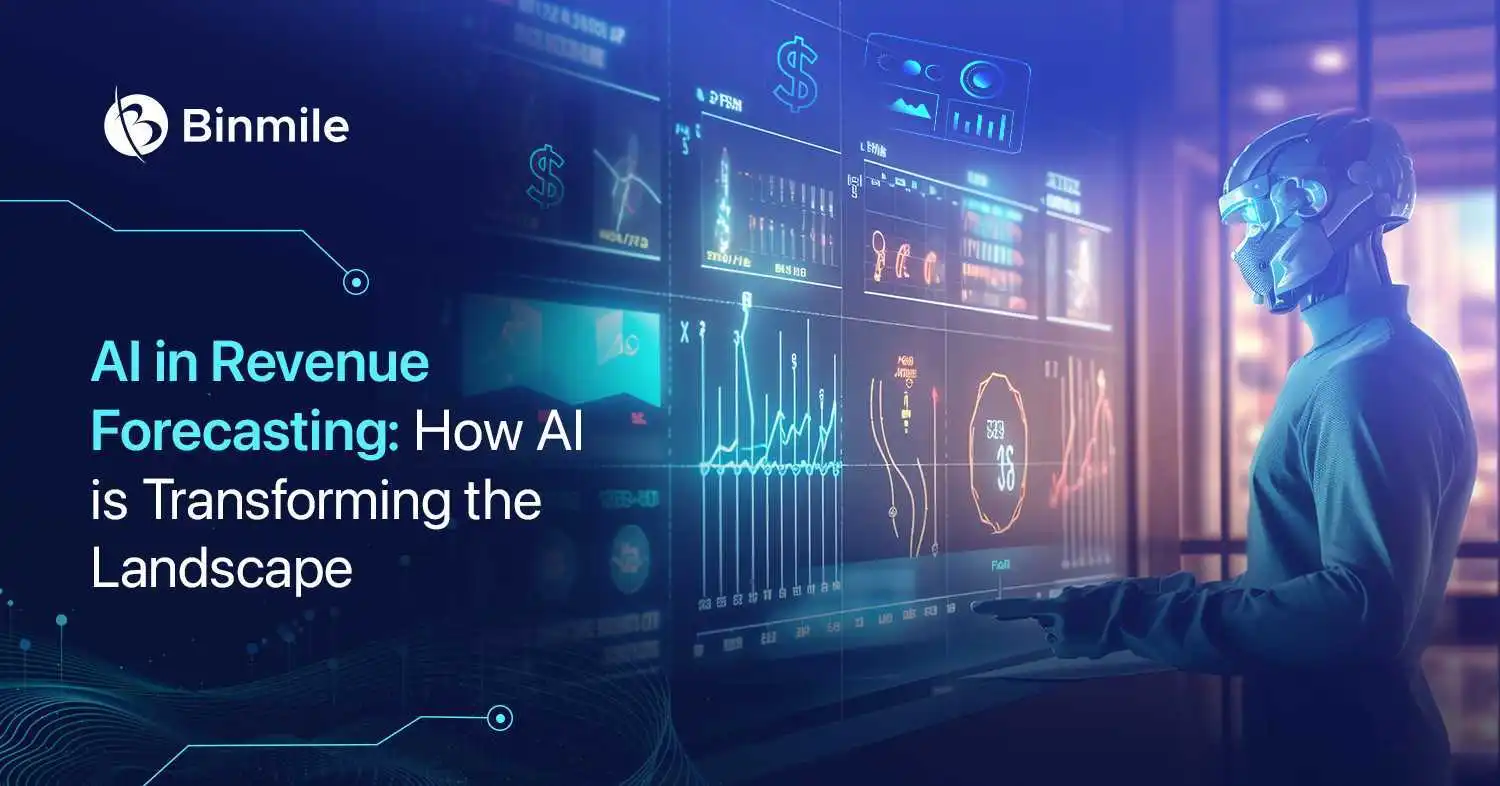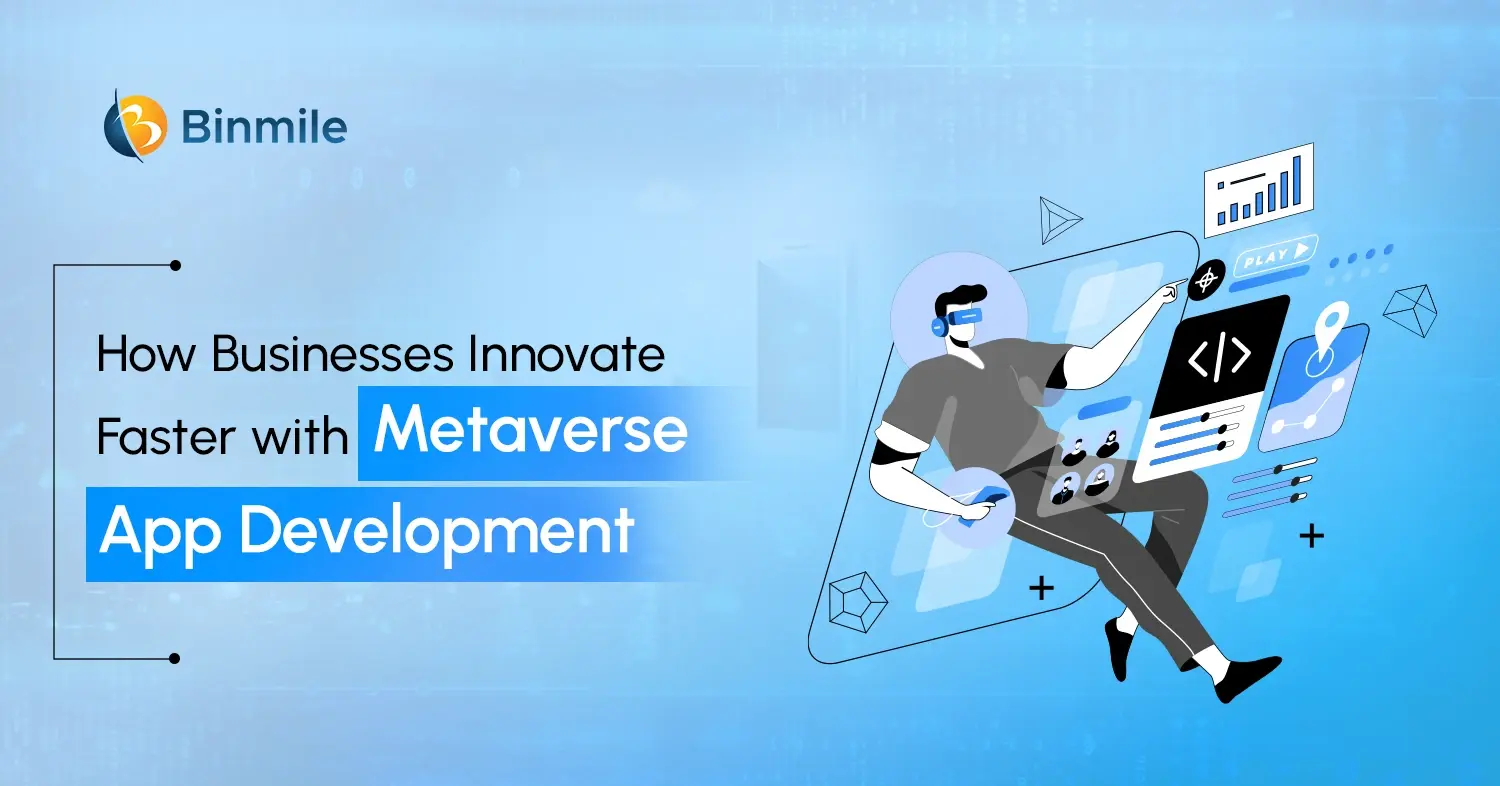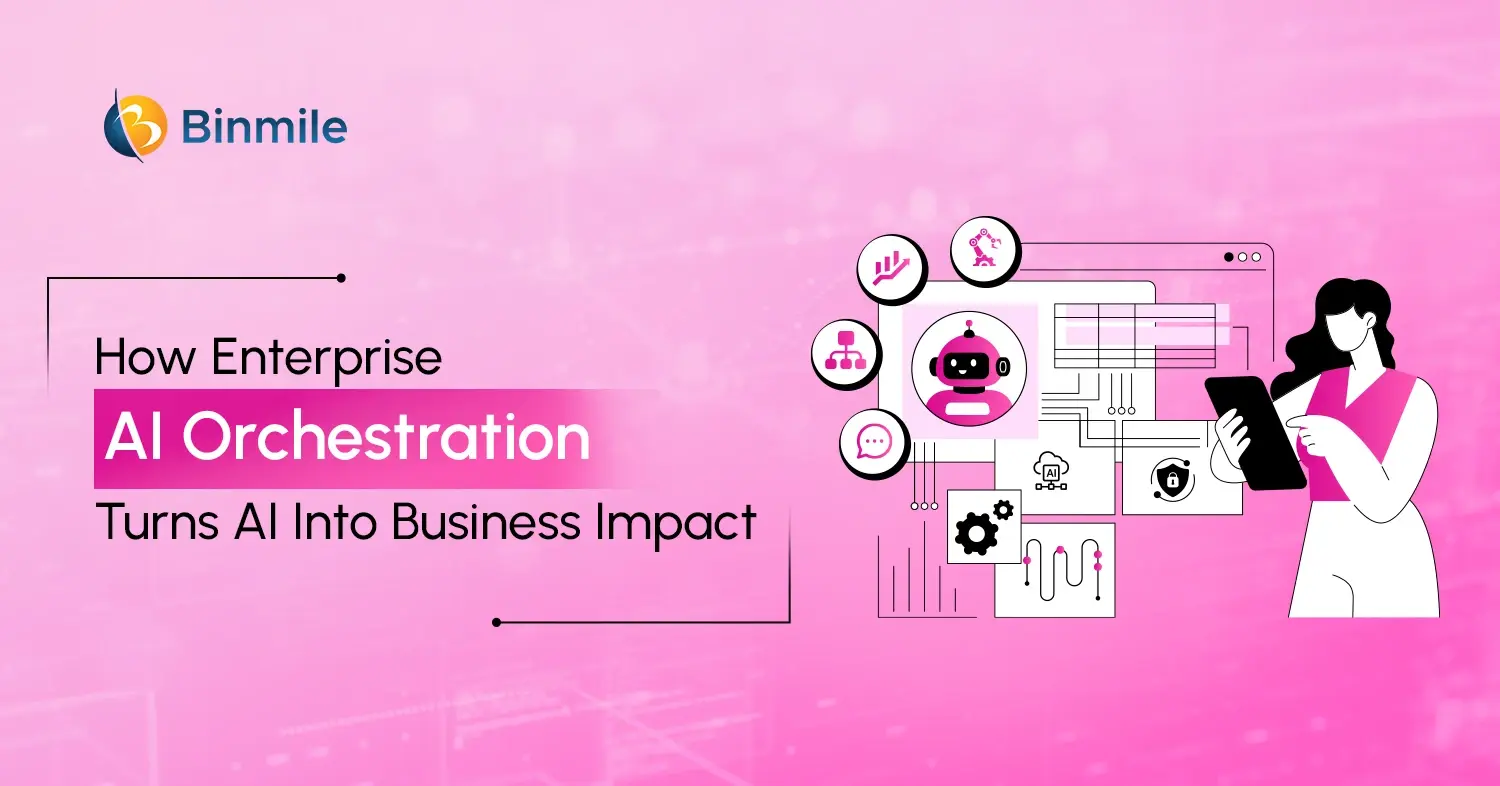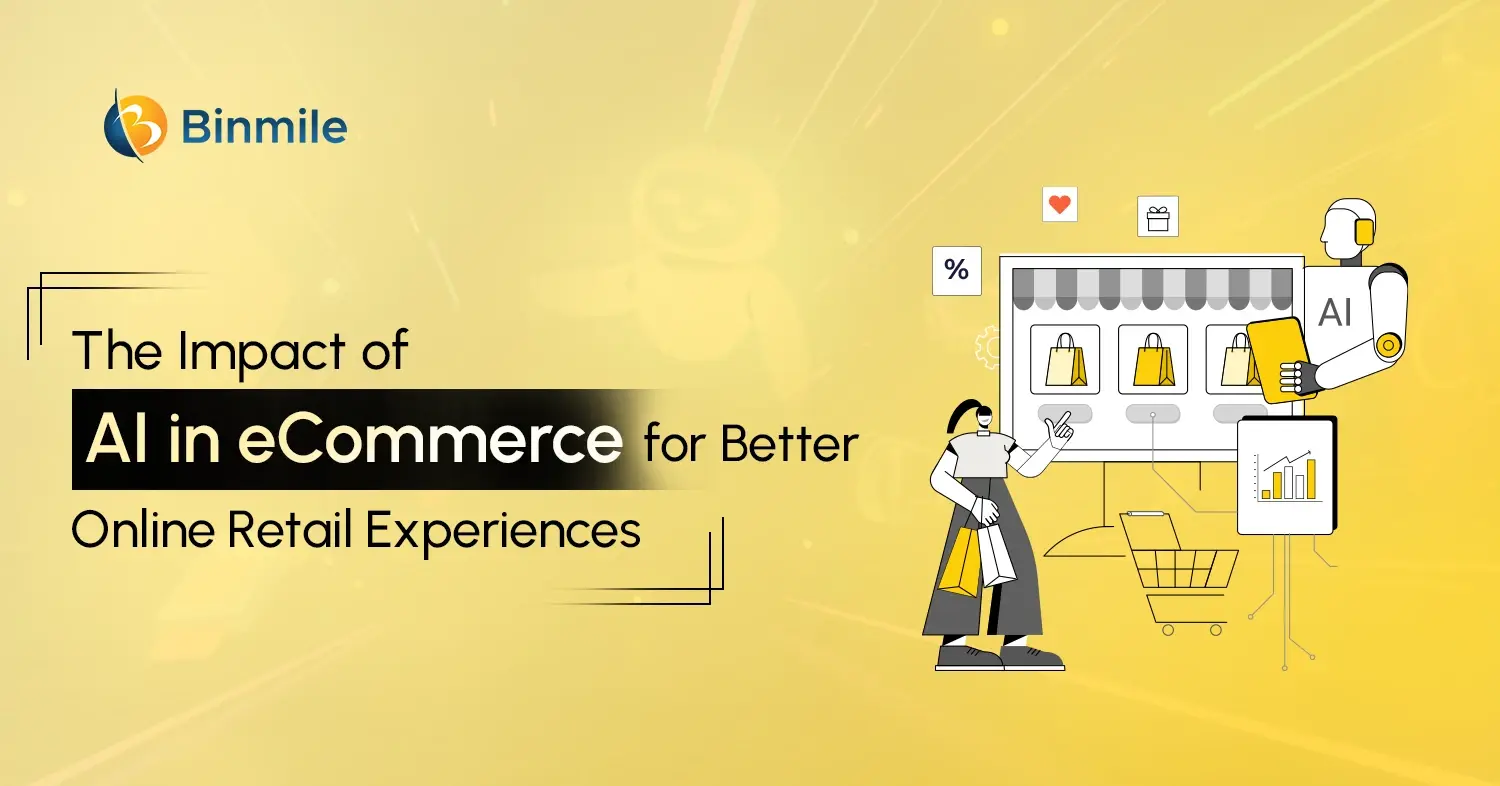- AI for Revenue Management & Forecasting
- AI revenue forecasting
- AI software development
- AI-powered revenue prediction
- Artificial intelligence revenue management
- Improving revenue forecasting with AI
- Optimizing revenue with AI algorithms
- Revenue forecasting models with AI
- sales forcasting using AI
- software development company
Today business operates in a data-driven landscape, where guesswork and intuition give way to hard facts and strategic and AI-powered revenue prediction insights. Leveraging artificial intelligence technology organizations are converting insights into impressive profits. Revenue management involves a pricing strategy that anticipates demand and uses it to optimize availability and pricing to achieve the best possible financial results. AI in revenue management is more than just crunching numbers. It’s a transformative tool reshaping revenue growth decision-making and effectively employing data in their strategies and operations to gain a competitive edge.
This AI-powered forecasting in revenue management predicts customer behavior, trends, potential crises, and market movements. It’s better than traditional forecasting methods such as surveys primarily because it can take into account a wider range of data points. So, how can this data-driven forecasting help you make better decisions about revenue management? This blog will help you understand how the power of AI in revenue management will offer accurate and up-to-date insights into the future and let you stay ahead of the curve.
From Data to Decisions: The Role of AI in Modern Revenue Forecasting
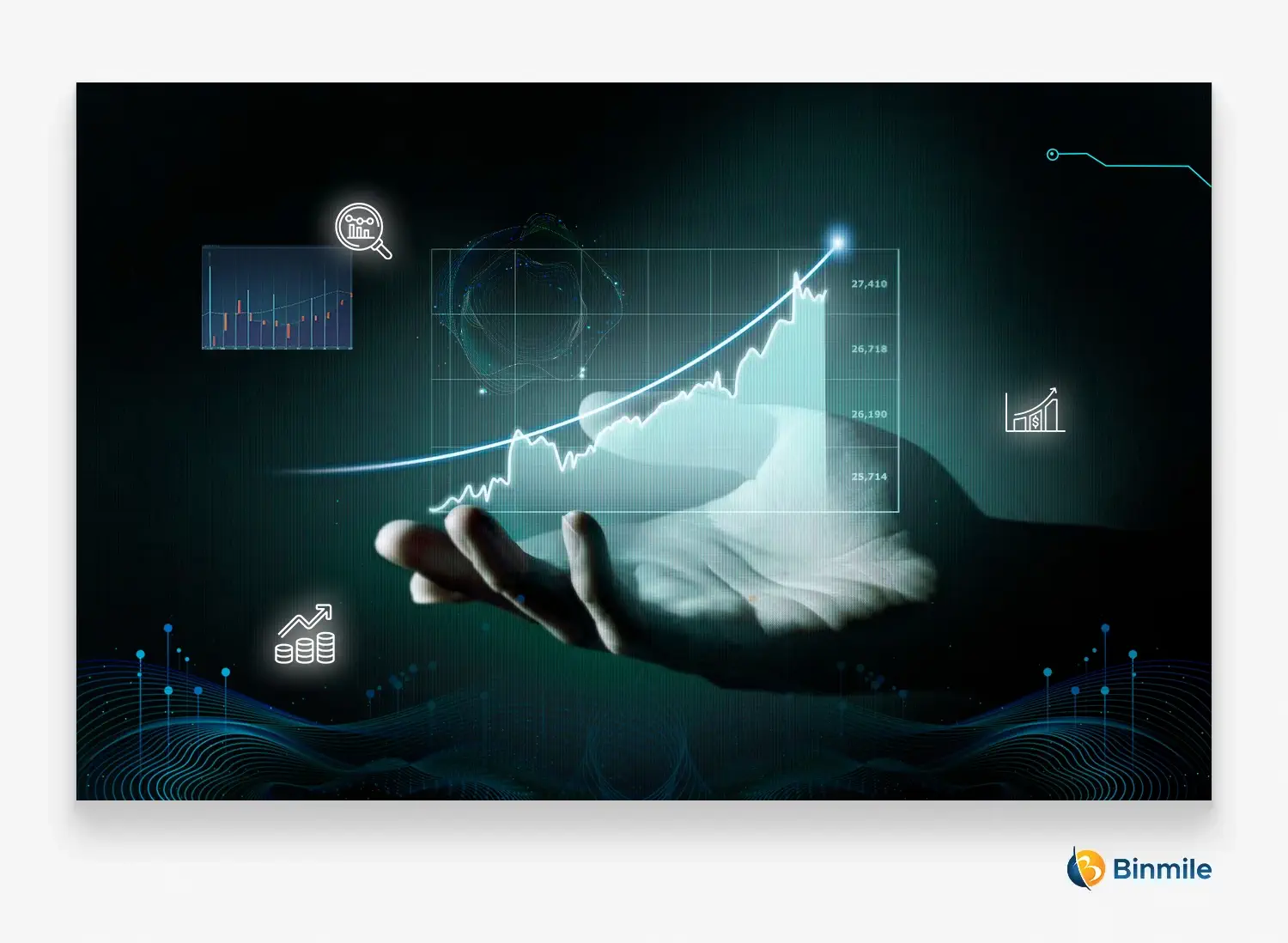
Artificial intelligence revenue management and machine learning models predict future events based on a vast amount of data. Businesses can learn from historical data, identify patterns, and offer accurate predictions. A lot depends on how accurate your revenue projections are because they drive annual budgeting and planning cycles. And when they are inaccurate, an organization’s budget gets impacted and they may even invest inefficiently, making it harder to meet targets and leading to poor financial performance. Therefore, AI in revenue projection offers a lot of advantages to organizations as compared to traditional forecasting methods.
Challenges of Traditional Forecasting Methods:
AI in revenue management also solves the following challenges created by conventional methods:
- Struggles to handle complex data patterns
- Typically handles structured data
- May provide lower accuracy in capturing non-linear patterns
- Not well-suited for real-time forecasting
- Subject to human bias in some cases
- Limited scalability, especially with large or complex datasets
Did You Know the Difference: Generative AI vs Predictive AI
7 Ways AI is Revolutionizing Revenue Forecasting in Businesses

Now that we understand how the AI revenue forecasting method is slightly better than traditional forecasting methods, it’s time to dive deep and understand the different ways it’s reshaping the forecasting landscape.
1. Data-Driven Insight With Reduced Bias
Picture an information bank of data – sales history, marketing campaigns, customer behavior, the life of social networks, key economic indicators, and so on. AI may mine into these quantitative data and then find the latent cause-and-effect connections that generally human eyes miss. Traditional methods rely heavily on historical data and human intuition, which can be limiting. Multi-way analytics on this data range help in providing a complete overview of the revenue with real-time intelligence. In turn, this empowers you to make data-driven decisions for you to act accordingly using these real-time insights.
2. Predictive Analytics and Scenario Planning
AI algorithms are more than just number-crunching analysis. They employ detailed historical data and real-time trends to anticipate future revenue with unparalleled precision. Can you imagine it if you were also allowed to see past a single prognosis? AI enables you to simulate different market conditions, when your competitor launches a product, when fallacious consumer demands arise, or when the national economy deteriorates. AI can be used for identification of the risks and opportunities by simulating various business scenarios. This makes it easy to ensure that future strategic planning is proactive and is based on solid risk management.
3. Personalized Forecasting for Improved Sales Performance
A one-size-fits-all model becomes as effective as a hammer that tries to hit all nails at the same time with the same strength. AI understands this. It humanizes forecasts for each separate deal and area, considering factors such as the effect of seasonality, product life cycles, and customer segmentation on demand. Equipped with these data analytics, your sales team will be more likely to close deals and enhance overall sales. Imagine having a salesperson with a tailored forecast for a specific customer segment, making the approach more customer–oriented and increasing the probability of conversion and success.
4. Continuous Learning and Real-Time Agility
The conventional forecasting technique lacks speed in the fast-growing world, reducing its relevance. AI goes beyond the limitations of these things. It analyzes data streams as they come in and reporting generation is an ongoing process in real time. This agility enables you to be responsive quickly toward market transitions. What if you see a spike in social media mentions to become a buying signal? Performance data being shared in real-time scenarios empowers the marketer to switch the strategy on the fly or invest resources to capture this emerging opportunity.
5. Risk-Reduction Through Early Detection
AI-driven forecasting is not limited to merely foreseeing the revenue figures; it operates as a reliable warning alert system. Using historical data and market indicators, Enterprise AI solutions may identify potential risk factors such as disruptions in the supply chain, regulatory changes, or shifts in consumer behavior. For example, what if you could forecast a possible disruption earlier on the supply chain and promptly find a new material source, or adjust your production schedules to reduce the risk to your business? Therefore, with these real-time insights or predictions in hand, businesses can implement measures to mitigate risks, protect revenue targets, and minimize impact.
6. Collaborative Approach: Humans and AI
This is a concern that always precedes the growing artificial intelligence role in everything we do. However, AI is not set up to take the place of human forecasters, but its primary role is to supplement their capabilities. With capabilities such as automation, AI can do away with repetitive tasks like data collection and analysis that usually occupy human experts. Rather, focusing this expertise on critical analysis and interpretation of the data. Therefore, this synergy between AI and human intelligence develops a collaborative environment to generate the most informed decisions possible.
7. Sustainable Growth Through Informed Decisions
Businesses can edge out their competitors by improving revenue forecasting with AI. It offers agility, speed, and accuracy in decision-making and empowers you to sail through market uncertainties with confidence. You can optimize resources more effectively, and promptly identify and mitigate risks, ultimately developing sustainable growth. After all, AI offers you a clear business roadmap based on the analysis of data, leading your business to continuously succeed.
Transform your revenue forecasting with Binmile! Leverage our AI-driven solutions for precise insights, risk mitigation, and sustainable business growth.

How to Implement AI-Powered Revenue Prediction: 5 Key Steps
Here are 5 steps you can leverage the power of artificial intelligence revenue forecasting and management for improving revenue forecasting with AI and better and precise decision making:

- Data Acquisition & Preparation: Start with collecting historical sales data, marketing metrics, and economic indicators to feed the AI and ML models.
- AI Model Selection: There are several AI forecasting models such as linear regression or gradient boosting machines, choose the one most appropriate for your business data.
- Model Training & Evaluation: It’s essential to put unbiased and credible data into the algorithms, train it and assess its accuracy, and fine-tune it for reliable forecasts.
- Leveraging AI for Revenue Prediction: Utilize the trained model to predict future revenue and guide strategic decisions based on the insights.
- Maintaining Model Accuracy: Don’t forget to keep the systems and models updated with new data to ensure ongoing accuracy and adaptation.
Empower your business with AI-driven revenue insights. Partner with us to unlock smarter forecasting and achieve sustainable growth!

Final Thoughts
There’s no doubt how AI and machine learning have enabled businesses to overcome sales forecasts and revenue projections due to traditional methods. They have turned out to be very valuable tools for increasing the accuracy of revenue or sales forecasts, leading to better decisions. Many AI forecasting models can help you get accurate data insights in real-time to help businesses make informed decisions and strategize effectively. That’s why, for effective decision-making, any AI forecast methodology must be intelligent, agile, and able to accurately reflect market dynamics.
In this blog, we discussed 7 ways businesses are improving revenue forecasting with AI and helping them make informed decisions. How artificial intelligence and machine learning models empower businesses towards increased forecast accuracy, optimized resource allocation, and proactive risk management. If you’re also looking forward to transforming your revenue forecasting with AI, our AI development services can help. Leveraging intelligent automation, artificial intelligence, and analytics, we can help you utilize all the powerful features AI-powered revenue forecasting tools have to offer.
